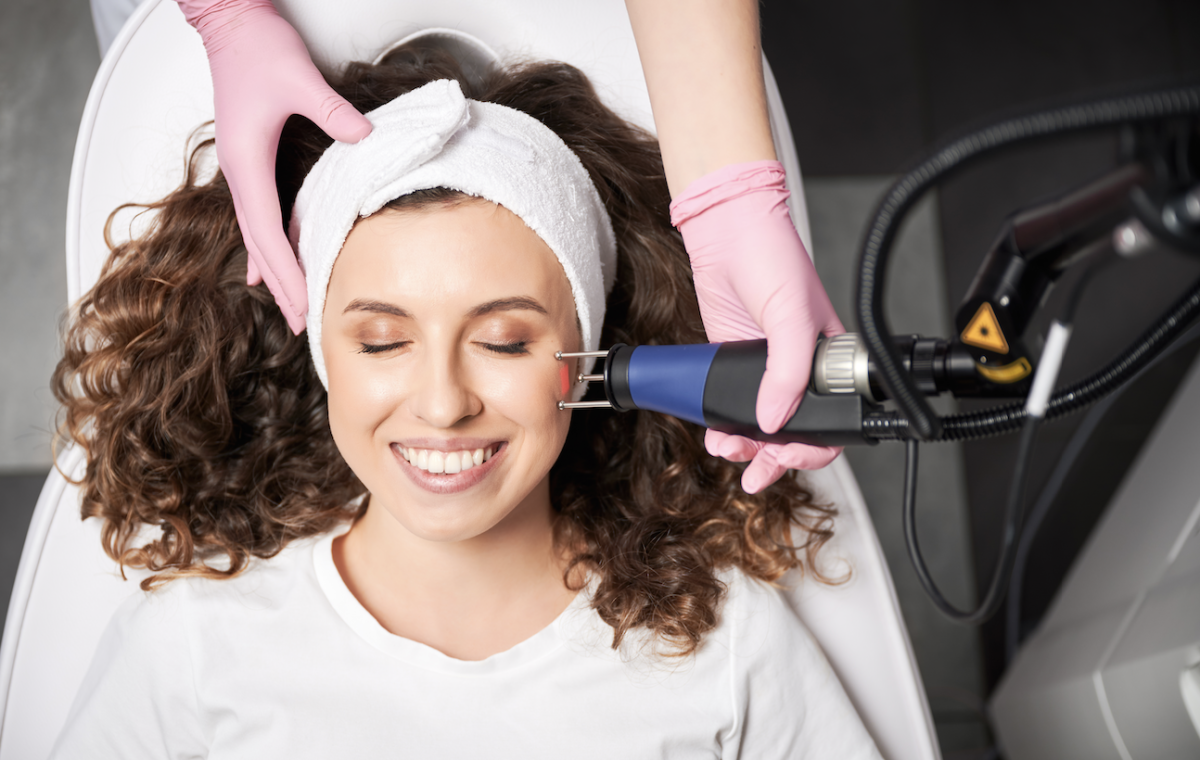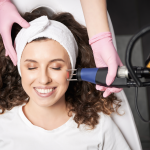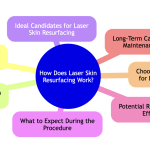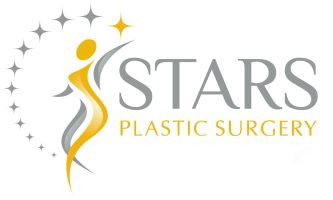Introduction to Laser Skin Resurfacing
Laser skin resurfacing uses targeted laser beams to remove layers of damaged skin.
Eliminating damaged skin causes the body to regenerate new skin cells, leading to a smoother, more youthful appearance. This procedure effectively improves skin showing signs of aging, sun damage, or even some skin conditions without extensive downtime.
It is an incredible use of laser technology that boosts patient’s confidence and improves lives.
If you are considering your options for skin rejuvenation or laser skin resurfacing in San Antonio, STARS Plastic Surgery invites you to meet our team of highly experienced certified surgeons.
Key Takeaways
- Effectiveness: Proven results in treating wrinkles, scars, and sun damage.
- Minimal Downtime: Quick recovery allows a return to normal activities sooner.
- Laser Types: Ablative, non-ablative, and fractional lasers cater to different skin needs.
- Customized Treatments: Procedures tailored to individual skin types and concerns.
- Experienced Providers: There is no substitute for qualified professionals
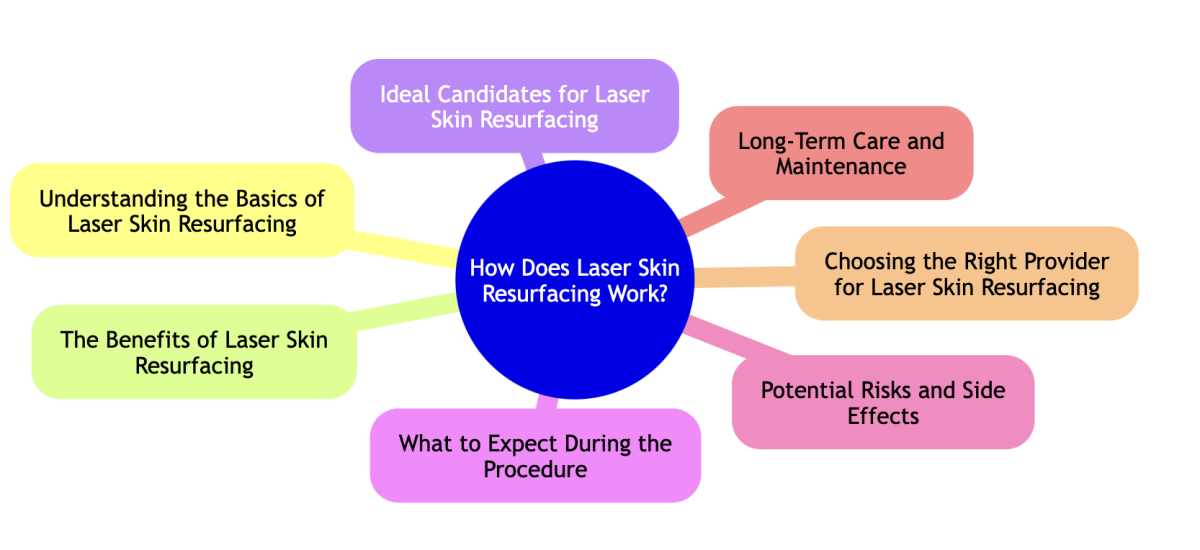
Understanding the Basics of Laser Skin Resurfacing
Laser skin resurfacing works by directing concentrated beams of light to remove the outer layers of aged or damaged skin, revealing the smoother, healthier layers beneath.
This process not only helps reduce the appearance of imperfections but also stimulates the skin's natural collagen production.
Collagen maintains skin elasticity and firmness; thus, rejuvenation post-treatment includes a more even skin tone and a tighter, more youthful complexion.
Types of Lasers Commonly Used
The effectiveness of laser skin resurfacing depends significantly on the type of laser used, which is chosen based on the patient's specific skin issues and desired outcomes.
- Ablative Lasers: These lasers vaporize the top layers of damaged skin, allowing new, smoother skin to form in its place.
- Non-Ablative Lasers: Rather than removing skin layers, these lasers heat the underlying skin tissue to stimulate collagen growth.
- Fractional Lasers: This innovative approach creates microthermal treatment zones with each pulse. This triggers the body's natural healing process, enhancing skin tightening and rejuvenation.
The Benefits of Laser Skin Resurfacing
Laser skin resurfacing offers a transformative approach to skincare.
The first notable benefit is the enhanced skin texture and tone that patients experience. The treatment effectively smooths out uneven textures and reduces the appearance of blemishes and other surface irregularities, leading to a more refined skin surface.
Furthermore, laser resurfacing can significantly improve the skin's overall tone by helping to even out pigmentation and revitalize dull complexions.
Another major advantage is the reduction in visible signs of aging.
By targeting the deeper layers of the skin, lasers stimulate collagen production, which is essential for maintaining skin elasticity. This results in a noticeable reduction in fine lines and wrinkles, giving the skin a firmer, younger look.
Additionally, laser resurfacing can be a game-changer for those with scars, particularly acne scars. It smoothes out these imperfections and enhances the skin's overall appearance.
Ideal Candidates for Laser Skin Resurfacing
Laser skin resurfacing is not one-size-fits-all; it's best suited for individuals looking for non-invasive skin rejuvenation.
Ideal candidates are typically those experiencing sun damage, age spots, fine lines, wrinkles, uneven texture, or superficial facial scars from acne.
The treatment is highly effective for people with light to medium skin tones who have skin concerns that have not responded well to other treatments.
Factors to Consider Before Treatment
Deciding if laser skin resurfacing is right for you involves evaluating several important factors:
- Skin Type: Not all skin types react similarly to laser treatments. Those with lighter skin tones often experience more predictable results.
- Existing Skin Conditions: Conditions like active acne or very dark skin may affect how the skin reacts to the laser.
- Desired Outcomes: Understanding what you wish to achieve helps determine the type of laser and the number of sessions required.
What to Expect During the Procedure
Understanding what happens during the laser skin resurfacing process can help set expectations and ease any apprehensions.
Pre-Treatment Care
Before undergoing laser resurfacing, patients may need to follow a pre-treatment plan to prepare the skin, which might include avoiding sun exposure, using specific skin care products, and adjusting certain medications. This preparation helps maximize treatment results and minimize side effects.
During the Procedure
During laser resurfacing, a dermatologist or trained professional will use a laser to apply concentrated beams of light to the targeted areas.
This process removes the outer layer of old skin and stimulates the growth of new skin cells. Depending on the type of laser used, the procedure can take anywhere from 30 minutes to two hours.
Post-Treatment Care
After the procedure, proper care is needed for optimal healing and results. This typically involves using prescribed skin care products, keeping the skin clean, and avoiding any harsh environmental elements. Patients are advised to moisturize the treated area and use high-SPF sunscreen to protect the new skin from sun damage.
Potential Risks and Side Effects
Laser skin resurfacing is widely recognized for its benefits, yet it comes with its share of side effects, typically mild and temporary.
Common immediate reactions include redness, swelling, and a sensation like sunburn. These effects generally subside within a few days, though the skin may remain sensitive for a while longer.
Scarring, changes in skin pigmentation, and infections are more serious but less common risks. These are rare when the procedure is performed by a skilled professional using the latest technology.
Long-Term Care and Maintenance
Maintaining the results of laser skin resurfacing is straightforward with the proper care regimen.
Protect your new skin with high-SPF sunscreen
Additionally, incorporating gentle, non-abrasive skin care products into your daily routine can help maintain the smooth, clear appearance achieved through the treatment. Your Doctor may recommend follow-up treatments to preserve the rejuvenating effects.
Choosing the Right Provider for Laser Skin Resurfacing
Select a skilled and qualified provider for a safe and effective laser skin resurfacing treatment. The right professional will deliver optimal results and minimize potential risks.
- Certification: Look for a board-certified dermatologist or cosmetic surgeon.
- Experience: Providers with extensive experience in laser treatments often yield the best outcomes.
- Technology: Check that the clinic uses state-of-the-art laser technology.
- Patient Reviews: Read testimonials and reviews to gauge patient satisfaction and the quality of care provided.
Expert Laser Skin Resurfacing in San Antonio, TX
Laser skin resurfacing can significantly rejuvenate your appearance by effectively treating various skin issues. This innovative procedure can refine your skin’s texture, tone, and overall youthfulness.
Stars Plastic Surgery in San Antonio, TX, is a premier provider of laser skin resurfacing.
STARS offers personalized care using industry-leading technology to achieve your skin rejuvenation goals. When you notice the attention and care you receive, you will feel secure in trusting STARS Plastic Surgery San Antonio!
